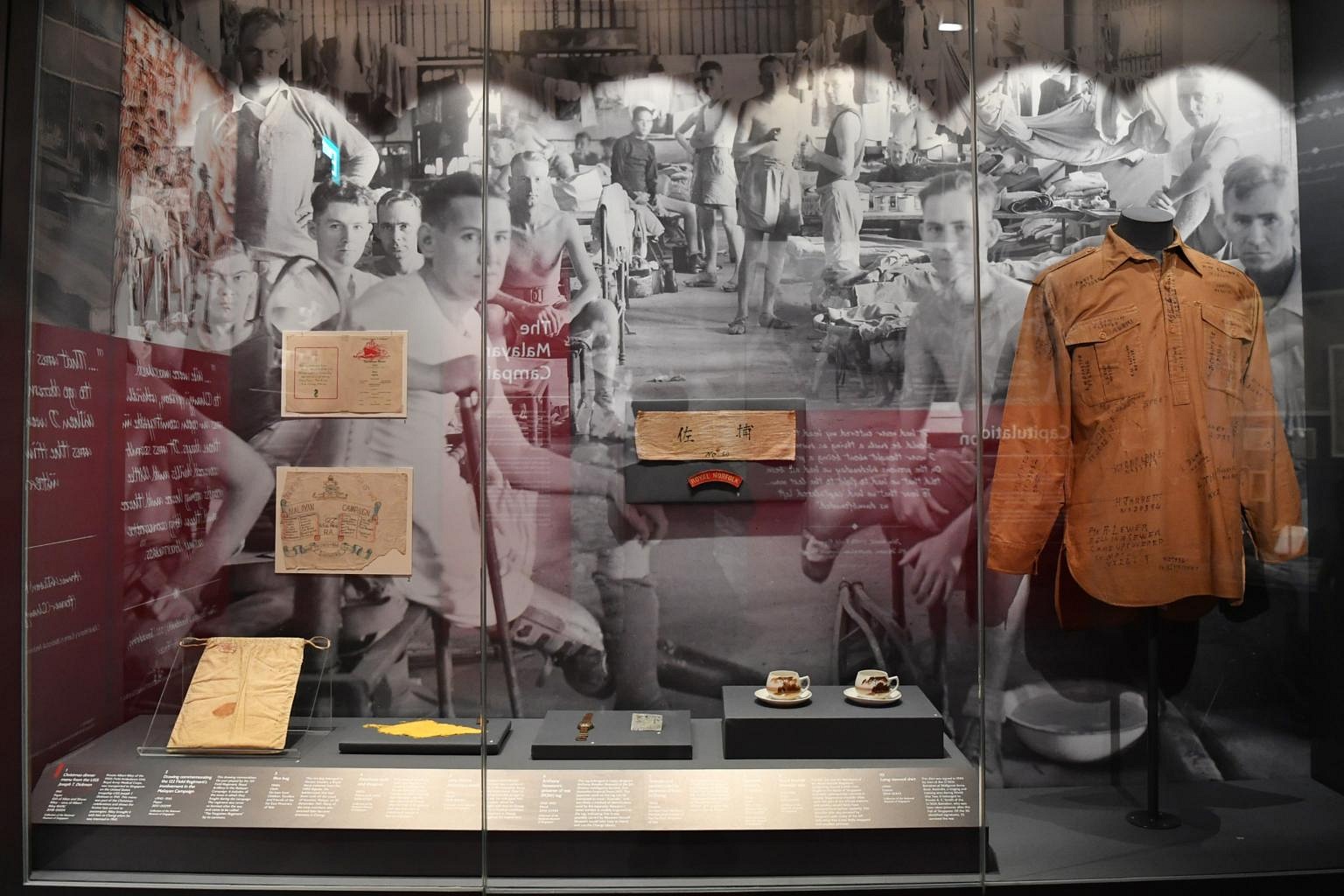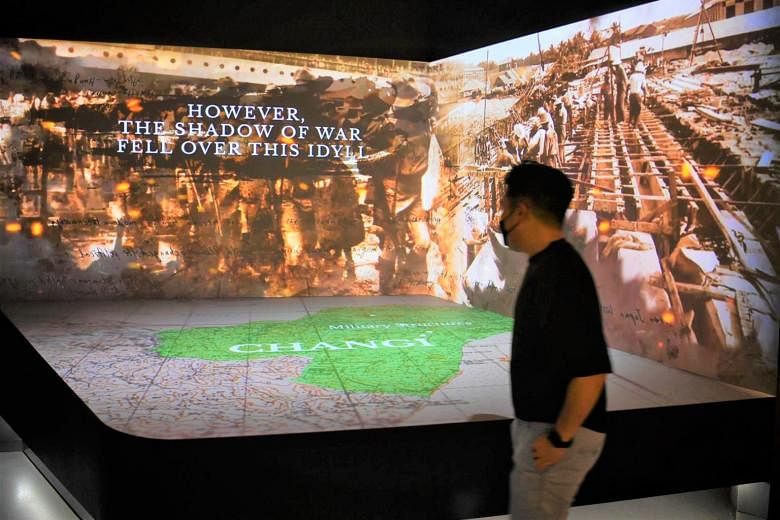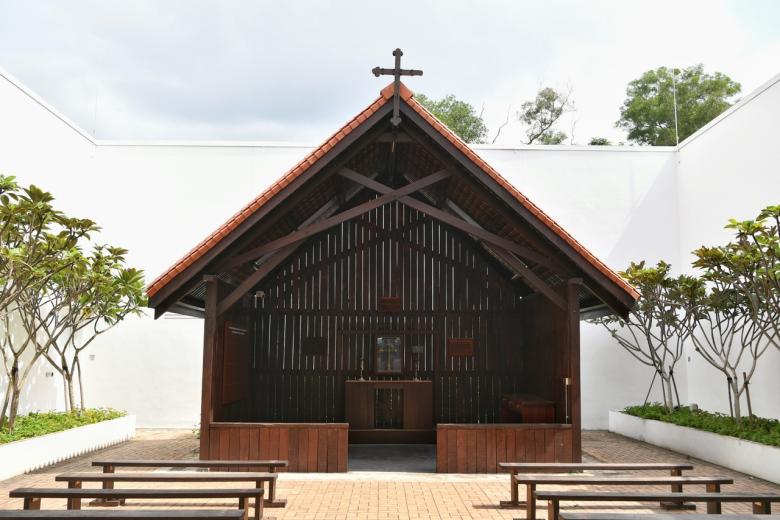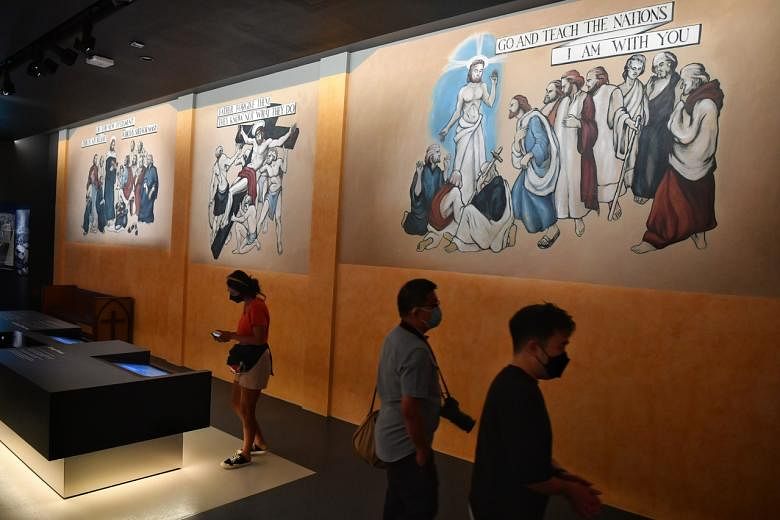SINGAPORE - The artefacts may not be spectacular but the stories they tell and the emotions they evoke set this museum apart, according to curator Iskander Mydin, who led a tour of the revamped Changi Chapel and Museum (CCM) on Tuesday (May 11).
Located in a rather remote part of Changi, the CCM has always been a sort of off-the-beaten-path museum, a quiet reminder of the suffering and surprising productivity of prisoners of war held in the area during World War II.
Instead of something like 19th Century Indonesian artist Raden Saleh's stunning Forest Fire painting at the National Gallery, the CCM exhibits are seemingly mundane, with items like watches, mess tins, brushes, diaries on display.
Yet, the stories they tell can be unexpected and compelling.
"This is a museum with a difference," said Mr Iskander, 67, a curatorial fellow at the National Museum of Singapore, which has taken over the running of the space.
"Please allow me the liberty of sharing its stories," he told reporters at the start of the tour.
One particularly enigmatic artefact is a piece of paper, on which young airman Ronald Bailey had scribbled "Sembawang" in large letters, as well as "Roxy Cafe" and "Orchard Cafe". Buried among other place names on the same paper are the names of two women, Monica and Lulu. Lovers? Family members? It is impossible to tell.
Mr Bailey would later die building the death railway in what was then Burma, aged 23.
Of special interest are also objects that tell of relationships between the Japanese and their prisoners. A samurai sword, for instance, was given by one officer to a prisoner of war as a token, following the surrender of the Japanese at the end of the war.
A Japanese guard supplied paint to prisoner-painter Harold Young to contribute to his efforts to depict everyday life in the prison.
The museum, closed in 2018 for a major redevelopment, now has 114 artefacts, including 82 new ones, spread across eight galleries. At its heart is still the Changi Chapel and the Changi Cross, made from artillery shells in 1942 to provide spiritual solace to prisoners.
The CCM reopens to the public next Wednesday, and staff said visitors are encouraged to pre-register their visit for purposes of crowd tracking.
Nearly 50,000 prisoners were held in Changi during the war years, and Mr Iskander said many gaps remain in what is known about them.


For instance, there is an absence of records on Asian prisoners. Much of what the museum documents is of European and American prisoners of war and civilian internees.
But the curators do their best to help local visitors bridge the gaps through the everyday items and engaging stories.
The National Museum's director Chung May Khuen said: "Although many decades have passed since the end of the Japanese Occupation in Singapore, the legacy of Changi continues to be an important part of the national and personal histories of the countries and the lives it impacted.
"I hope that CCM is not the end of the journey into the wartime past of Changi, but a hopeful beginning for other stories, memories and artefacts to surface in the future."





